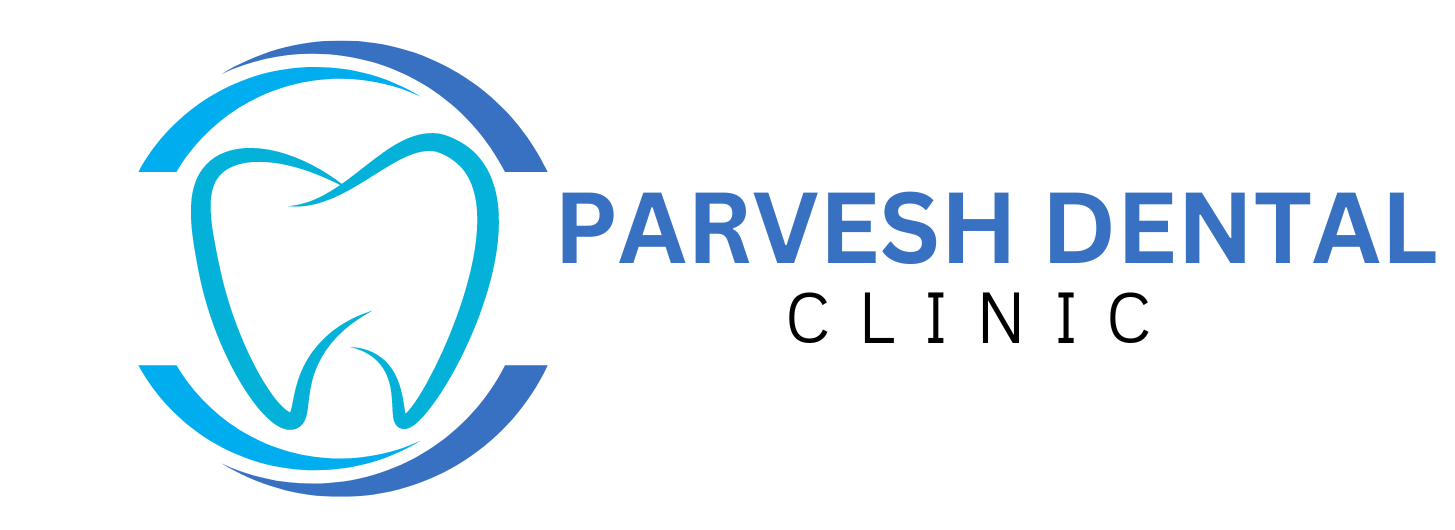Dental braces are orthodontic devices used to straighten and align teeth, correct bite issues, and improve overall oral health. Braces work by applying continuous pressure to the teeth, gradually moving them into the desired position over time. They are commonly used in orthodontic treatment for both children and adults.
Here are key aspects of dental braces:
- Components of Braces:
- Brackets: Small, square-shaped attachments bonded to the front of each tooth.
- Bands: Metal bands that wrap around the back molars or are cemented to the teeth.
- Archwire: A thin metal wire that connects the brackets and provides the force necessary to move the teeth.
- Rubber Bands (Elastics): Used to apply additional force to specific teeth or jaw positions.
- Spacers or Bands: Placed between the molars to create space for the bands.
- Types of Braces:
- Metal Braces: Traditional braces made of stainless steel. They are durable and the most noticeable but have smaller, more low-profile options available.
- Ceramic Braces: Brackets made of tooth-colored or clear materials to blend in with the teeth. They are less noticeable than metal braces.
- Lingual Braces: Placed on the back (lingual) side of the teeth, making them nearly invisible from the front.
- Invisible Aligners: Clear, removable trays that gradually move the teeth. Examples include Invisalign. These are an alternative to traditional braces in certain cases.

Treatment Process:
Consultation: A comprehensive examination, including X-rays, is conducted to assess the orthodontic needs of the patient.
Treatment Plan: A customized treatment plan is developed, outlining the duration and specifics of the orthodontic treatment.
Braces Installation: Brackets and bands are attached to the teeth, and the archwire is inserted.
Adjustments: Periodic adjustments are made to the braces to maintain the correct pressure and advance the tooth movement.
Maintenance: Good oral hygiene practices, including regular brushing and flossing, are crucial during orthodontic treatment.
Duration of Treatment:
The length of treatment varies depending on the severity of the orthodontic issues. It typically ranges from several months to a few years.
Aftercare:
After the active phase of treatment, patients often wear retainers to prevent the teeth from shifting back to their original positions.
Dental braces can address various orthodontic issues, including crowded or misaligned teeth, overbites, underbites, and crossbites. Consultation with an orthodontist is essential to determine the most suitable treatment plan based on individual needs and preferences.



